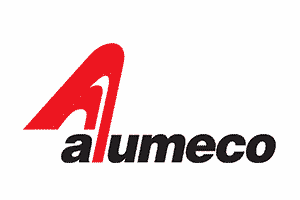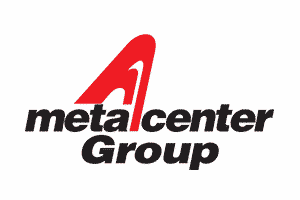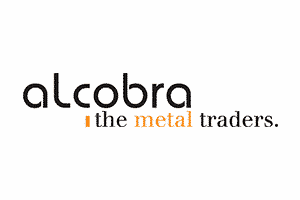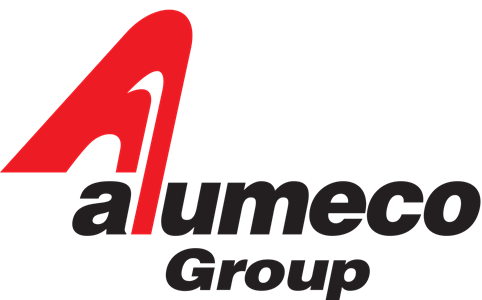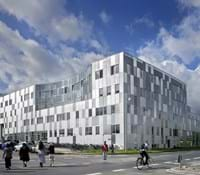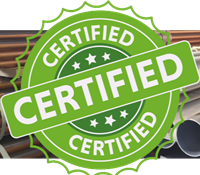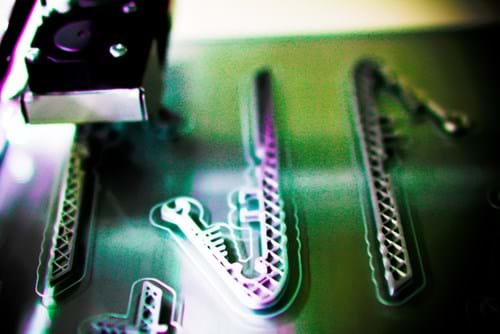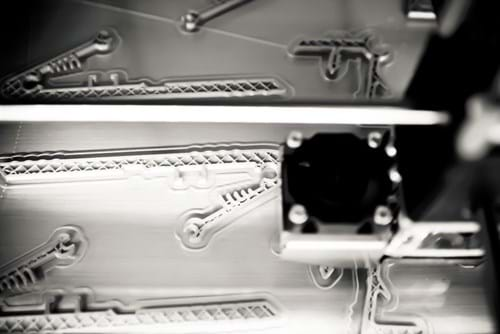Prototypy 3D

3D prototypes optimise product development at Alumeco
In the future, 3D printed prototypes will be a natural extension of Alumeco’s technical development and guidance. The purpose of the prototypes is to provide the customer with a more tangible development process, where any errors can be detected and corrected early.
From the drawing board to 3D printing
The development of an aluminium item from concept stage to finished product can be a long and intangible process. 3D technology makes it possible to produce a prototype at an early stage of the design process. This prototype demonstrates the details and dimensions that can be hard to visualise via technical illustrations and computer programmes.
Christian Pilgaard, Key Account Manager at Alumeco, considers it a plus that Alumeco’s customers can now benefit from a higher degree of visualisation in guidance and consulting procedures.
"As an aluminium supplier for the industry, it is our primary task to challenge and explore the technical possibilities that can be found in profile extrusion and come up with common profile solutions in cooperation with the customer. In line with the development of production processes and tool construction in connection with extrusion, there will be more and more opportunities that would allow more complex geometries and incorporation of various functions in aluminium moulding.
It is precisely these geometries and functionalities that you can easily test together with Alumeco with the help of 3D printed prototypes. They make it possible within a short period of time to present the customer with a solid item for concept, design and functionality testing. Put simply, 3D printing with Alumeco acts as a bridge between the digital and the physical world."
Potential problems discovered at an early stage
In addition to promoting the visual understanding of the design of the product, 3D prototypes contribute to detecting any problematic design areas early in the process. Prototype printing is done with great precision and sensitivity to details. At the same time, prototypes are fast and cheap to design in contrast to the metal profile samples used originally. Therefore, 3D prototypes will contribute to greater efficiency and will serve as an essential tool in preventing deficiencies as soon as the first phase of product development.
Thomas Gork, technical consultant at Alumeco, points out that in the future 3D prototypes can be an invaluable tool in Alumeco’s daily discussions with customers:
"The new prototype mould allows for even better dialogue with the customer, now that we can produce so early in the process a physical prototype as basis for the further development of each product, while at the same time we meet the customer's requirements,” he says and adds:
"3D prototypes contribute to a more accessible, communicative understanding between us and our customers, and at the same time give us major, technical advantages early in the process. This means that the printed prototypes will greatly optimise all product development processes, thereby bringing benefits for both us and our customers."
Faster development phase with the right result
NASSAU Door A/S has been using 3D prototypes in their cooperation with Alumeco:
We have very positive experiences with 3D prints from Alumeco. You can make several different prototypes and find out which solution is best, before the start of tool production. You virtually get a perfect item from the beginning, and, generally speaking, 3D prototyping speeds up the development phase itself,” says Kaleepan Karunakaran, Mechanical Engineer at NASSAU Door A/S, and concludes in this respect:
"The cooperation with Alumeco has been really good. They keep their promises, they are good at giving feedback and gladly propose other solutions, if one's own idea is not working."
| Main specifications for 3D printing at Alumeco: |
|
3D printing is done in-house, which means that 3D prototypes can be offered at an advantageous price. |
|
It is possible to print items with the following maximum dimensions: 225x225x300 mm. |
/
